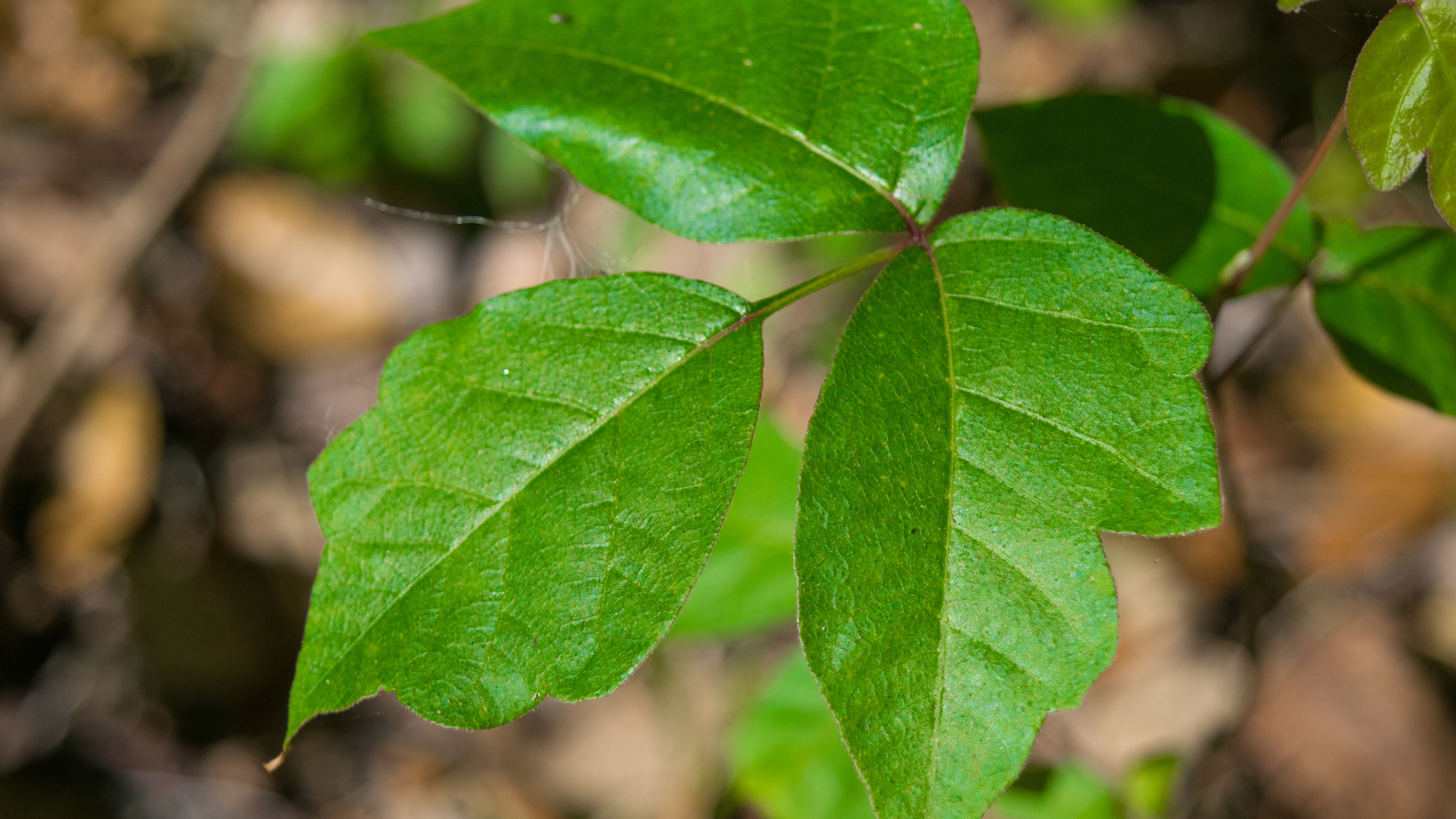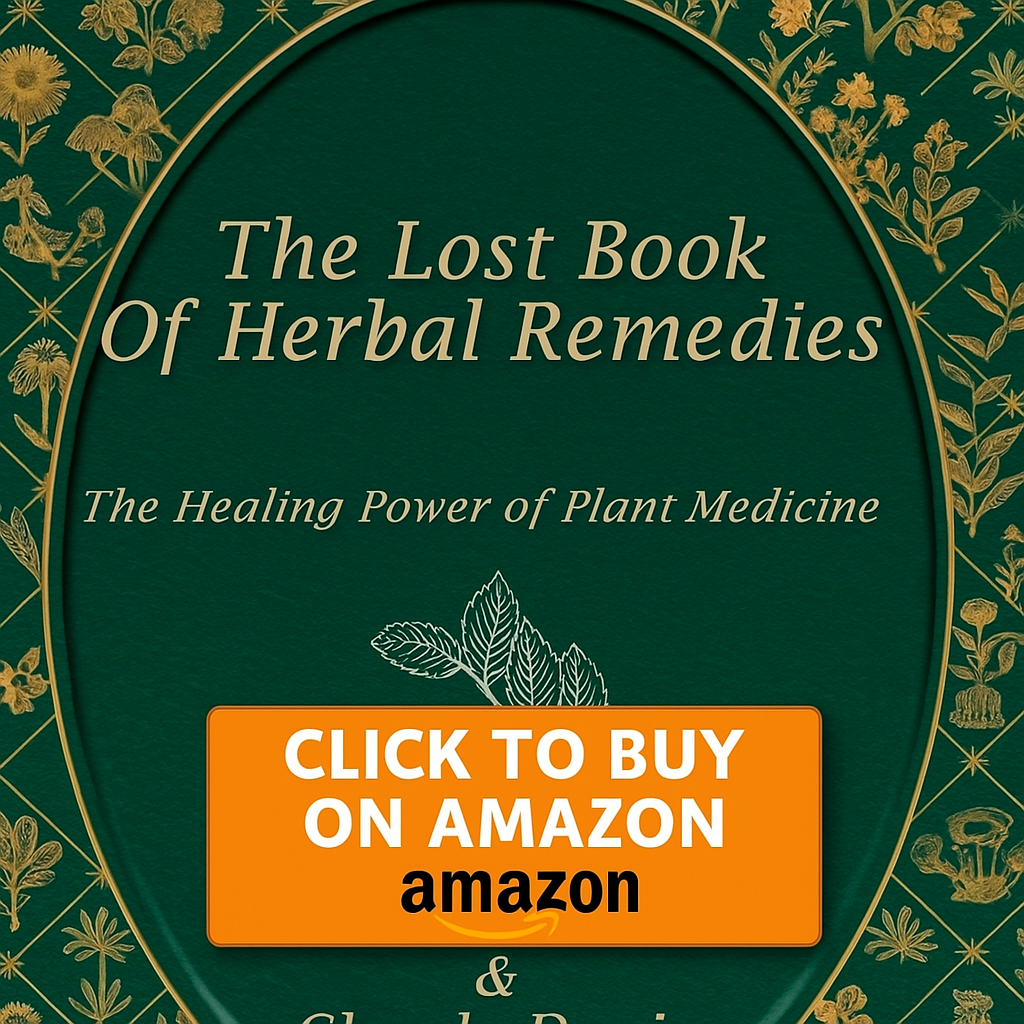Essential Oils for Poison Ivy
Getting a rash from poison ivy is no fun. It itches, it burns, and it can even make you feel sick. But did you know that there are natural ways to help your skin feel better? One helpful option is essential oils. In this article, we’ll explain what poison ivy is, what it looks like, where it grows, and how essential oils can help if you accidentally touch it.
Poison Ivy Plant
1. What is Poison Ivy?
Poison ivy is a plant that causes an itchy rash when you touch it. The rash is not from the plant itself, but from an oil it makes called urushiol (say it like: yoo-roo-shee-ol). This oil gets on your skin and causes your body to react. Almost 85% of people are allergic to urushiol, so they can get a rash if they touch poison ivy.
You don’t have to touch the plant directly to get a rash. You can get it from:
Touching clothes, shoes, or pets that brushed against poison ivy
Sitting on logs or leaves where the oil is still present
Breathing smoke from burning poison ivy (very dangerous!)
2. What Does Poison Ivy Look Like?
There’s an easy rhyme to help you remember:
"Leaves of three, let it be."
Poison ivy usually has:
Groups of three leaflets (that means one leaf has three parts)
Leaves that are green in summer and red, orange, or yellow in fall
Shiny or smooth leaves, sometimes with notched or wavy edges
A reddish stem
Sometimes it has small white or greenish berries
It can grow in different ways:
As a small shrub
As a vine that climbs trees or fences
Along the ground, like a weed
3. What Does the Rash Look Like?
poison ivy rash
The rash from poison ivy usually starts within 12 to 48 hours after touching the plant. It often shows up as:
Red, itchy patches
Swollen skin
Small bumps or blisters filled with fluid
The rash may look like lines or streaks where the plant brushed your skin
It can be very itchy, and scratching it might cause the skin to break or get infected. The rash can last 1 to 3 weeks.
4. Could the Poison Ivy Plant Look Like Something Else?
Yes, some other plants look like poison ivy. Here are a few that people often confuse with it:
Virginia creeper – This plant has five leaflets instead of three.
Boxelder – A tree seedling that also has three leaves, but the leaves are more jagged and grow opposite each other.
Raspberry or blackberry bushes – These have thorns, which poison ivy does not have.
Also, poison oak and poison sumac are other plants with urushiol oil. Poison oak looks similar to poison ivy, but it grows more on the West Coast of the U.S.
5. Where Would Poison Ivy Grow in Your Yard?
Poison ivy likes places where it can get sunlight, but it also grows in shady spots. In your yard, it may grow:
Along the edges of woods or fences
At the base of trees
In overgrown or weedy areas
Under bushes or shrubs
Near water (like streams or ditches)
It’s important to wear gloves and long sleeves when working in these areas, just in case.
6. What Essential Oils Help Poison Ivy?
Essential oils are natural oils made from plants. Some of them have special powers to help with itching, swelling, and healing. Here are some of the best essential oils for poison ivy rash:
🌿 1. Tea Tree Oil
Helps kill germs and prevent infection
Reduces swelling and redness
Can dry out blisters
🌼 2. Lavender Oil
Soothes itchy, irritated skin
Calms the skin and helps it heal
Smells nice and gentle
🌿 3. Peppermint Oil
Cools the skin
Helps with itching
Great in small amounts (can be strong!)
🌱 4. Chamomile Oil
Very gentle
Reduces redness and irritation
Good for sensitive skin
🌿 5. Eucalyptus Oil
Helps reduce pain and itching
Can cool the rash
Has a fresh smell
🌿 6. Frankincense Oil
Supports skin healing
Helps reduce inflammation
Gentle and calming
⚠️ Important: Essential oils should never be used directly on your skin without mixing them with a carrier oil like coconut oil, olive oil, or jojoba oil. These carrier oils help dilute the essential oils so they don’t burn or irritate your skin.
7. Essential Oil Recipes for Poison Ivy (Topical Use)
Here are some simple recipes you can use to soothe poison ivy rash. Always ask an adult for help when using essential oils.
💧 Recipe 1: Soothing Poison Ivy Spray
Ingredients:
1 cup of cool distilled water
10 drops lavender oil
5 drops peppermint oil
5 drops tea tree oil
1 tablespoon witch hazel (optional, helps dry blisters)
Small spray bottle
Instructions:
Add all ingredients to the spray bottle.
Shake well before each use.
Spray gently on itchy areas 2–3 times a day.
🧴 Recipe 2: Cooling Poison Ivy Lotion
Ingredients:
2 tablespoons coconut oil
1 tablespoon aloe vera gel
5 drops chamomile oil
3 drops tea tree oil
2 drops peppermint oil
Instructions:
Mix all ingredients in a clean bowl.
Store in a small jar with a lid.
Apply a thin layer to the rash 2–3 times a day.
🛁 Recipe 3: Poison Ivy Relief Bath
Ingredients:
1 cup colloidal oatmeal or ground oats
5 drops lavender oil
3 drops eucalyptus oil
1 tablespoon baking soda
Instructions:
Add oatmeal, oils, and baking soda to warm bathwater.
Soak for 15–20 minutes.
Pat skin dry with a towel (don’t rub).
💦 Recipe 4: Anti-Itch Roll-On
Ingredients:
10 ml roller bottle
1 tablespoon jojoba oil (or other carrier oil)
4 drops frankincense oil
3 drops lavender oil
2 drops peppermint oil
Instructions:
Add essential oils to roller bottle.
Fill the rest with jojoba oil.
Shake before using.
Roll gently onto itchy skin areas.
Extra Tips:
Wash your skin as soon as possible after touching poison ivy.
Wash clothes and shoes too.
Keep your nails short to avoid scratching.
Do not pop the blisters!
If rash is on your face, eyes, or spreads a lot, ask a doctor for help.
8. Can Poison Ivy Rash Be Mistaken for Something Else?
Yes, a poison ivy rash can be mistaken for something else. It can be mistaken for the following rashes.
1. Eczema (Atopic Dermatitis)
Looks like: Dry, red, itchy patches. May crack or ooze.
Difference: Eczema is often long-term (chronic) and can appear even without contact with anything outside.
Where it shows up: Often on elbows, knees, hands, or face.
2. Contact Dermatitis (Not from Poison Ivy)
Looks like: Red, itchy skin with possible blisters or bumps.
Difference: Caused by touching something irritating (like soap, detergent, metal). It may look exactly like poison ivy but isn’t caused by urushiol oil.
3. Hives (Urticaria)
Looks like: Raised, red, itchy welts that can move around the body.
Difference: Hives often come on fast and disappear within hours or days. They’re usually caused by allergies, not plants.
4. Insect Bites
Looks like: Small red bumps or blisters that may itch.
Difference: Usually appear in small clusters or random spots, not in streaks. Bites may have a tiny dot in the center.
5. Shingles (Herpes Zoster)
Looks like: Painful, blistering rash that forms a band or strip, usually on one side of the body.
Difference: Caused by the chickenpox virus. Mostly seen in older adults. Rash can be very painful.
6. Scabies
Looks like: Tiny red bumps or lines, very itchy, often worse at night.
Difference: Caused by mites. Often shows up between fingers, around the waist, or on the wrists.
When to See a Doctor:
If you're not sure what caused the rash
If it spreads to your face or genitals
If it lasts more than 3 weeks
If it becomes infected (pus, fever, or swelling)
If you’re ever in doubt, it’s a good idea to talk to a doctor or pharmacist to make sure you’re treating the right problem.
Conclusion
Poison ivy can be a real pain, but nature gives us tools to help. Essential oils like lavender, tea tree, chamomile, and peppermint can calm your skin, stop the itching, and help your rash go away faster. Always mix essential oils with a carrier oil, and test a small amount first to make sure it doesn’t irritate your skin.
With a little care and the right oils, you’ll be back to playing outside in no time!
Resources:
American Academy of Dermatology Association. “Poison Ivy: What to Do.” www.aad.org
Cleveland Clinic. “Poison Ivy Rash.” www.clevelandclinic.org
National Park Service. “Poison Ivy: What It Looks Like.” www.nps.gov
Tisserand, R. & Young, R. (2014). Essential Oil Safety: A Guide for Health Care Professionals.
National Association for Holistic Aromatherapy (NAHA). www.naha.org
WebMD. “Essential Oils for Skin Rash.” www.webmd.com



